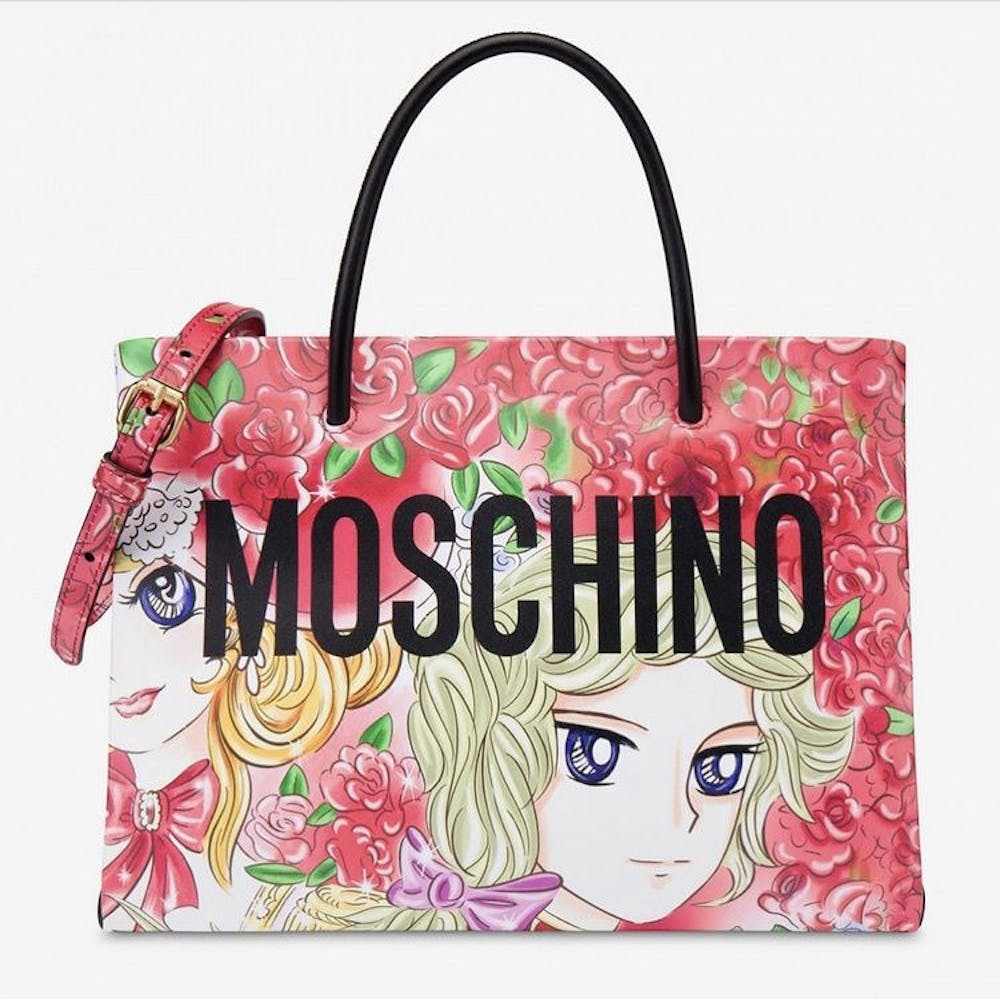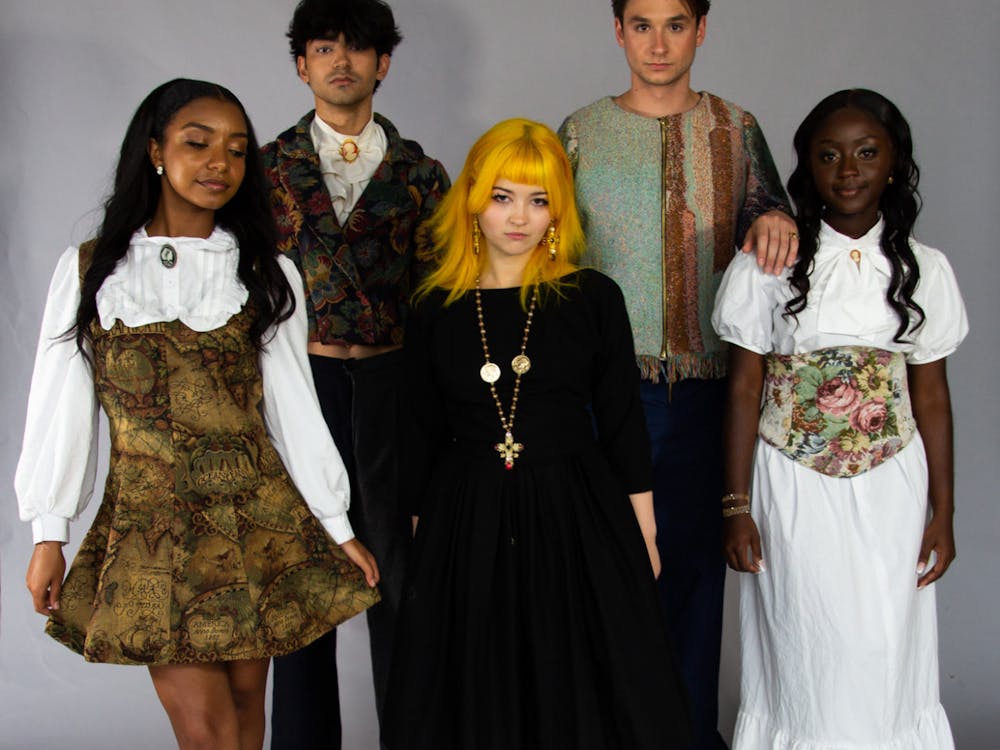From Miami’s campus to the streets of Tokyo, anime is loved by many. Now, it seems that fashion is looking to these characters for inspiration.
With different art styles, storylines and personalities, both manga and anime have brought in a range of audiences. Childhood favorites like “Hello Kitty” and “Dragon Ball Z” are ever-popular, while older viewers tune into animes such as “Tokyo Ghoul” and “Death Note.”
Manga originated in the 12th century and reached mass circulation in the 1920s. It has since become a billion-dollar business that has expanded into video games, anime and merchandise. Most recently, anime studios have become luxury fashion houses’ new collaborators.
Brands like Gucci are appealing to the interest and nostalgia of anime lovers through their streetwear and menswear collections.
In Gucci’s Lunar New Year 2021 collection, fictional character Doraemon graced the brand’s signature monogrammed bags and plain white t-shirts. Likewise in their Fall/Winter 2020 collection, Moschino gathered inspiration from “Rose of Versailles,” which fashion designer Jeremy Scott titled “Anime Antoinette.”
“I feel like, by adding characters and symbols to this streetwear that are familiar to people, the brands are giving themself a more welcoming and friendly outward appearance,” said first-year biology major and anime fan Maddy Mason. “[These] items could also bring in potential viewers to [anime] shows who might not have otherwise been exposed to this type of imagery.”
Anime’s influence on fashion goes beyond the runway shows of the past few years. In the early 2000s, animes like Nana inspired a generation of teens with its mixture of goth and 90s riot grrrl style. Today, however, characters are placed directly onto designer items.
“Luxury brands are quick to incorporate cultural icons into their product lines or marketing campaigns because it does wonders for publicity and sales, like Coach x Disney,” said Miami University Fashion & Design executive member Hannah Valdez.
“I personally believe anime is one of those interests that a lot of people have but don’t outwardly make known, so Gucci and Prada, using marketing tactics like that, are just speaking to an audience they already have and then some,” Valdez said.
These collaborations could also be a result of the fashion industry’s expansion into Asia.
Conglomerates like LVMH, which owns luxury brands such as Dior, Louis Vuitton and Hermès, could be turning to Asian cultural icons, like anime characters, to appeal to Asian consumers.
A recent report by Vogue states that major brands are shifting their marketing strategy away from Europe by opening new stores in Asia to meet the demand of high-spending customers.
Enjoy what you're reading?
Signup for our newsletter
“Bain [& Company] estimates that Asia’s luxury market share, defined as China, Japan and the rest of Asia combined, will reach 54 percent of the global market by 2025,” wrote Vogue’s Annachiara Biondi. “Europe and the Americas will both decline from around 30 per cent to 22 to 24 per cent.”
As tourist rates have decreased because of COVID-19 regulations, brands are experiencing lowered clientele. While sales have shifted, in general, consumers in the Asia Pacific region make more than half of their luxury purchases abroad as reported by Vogue.
In the end, through vital influence from Japanese culture, brands are expanding to cater to a new target audience.




